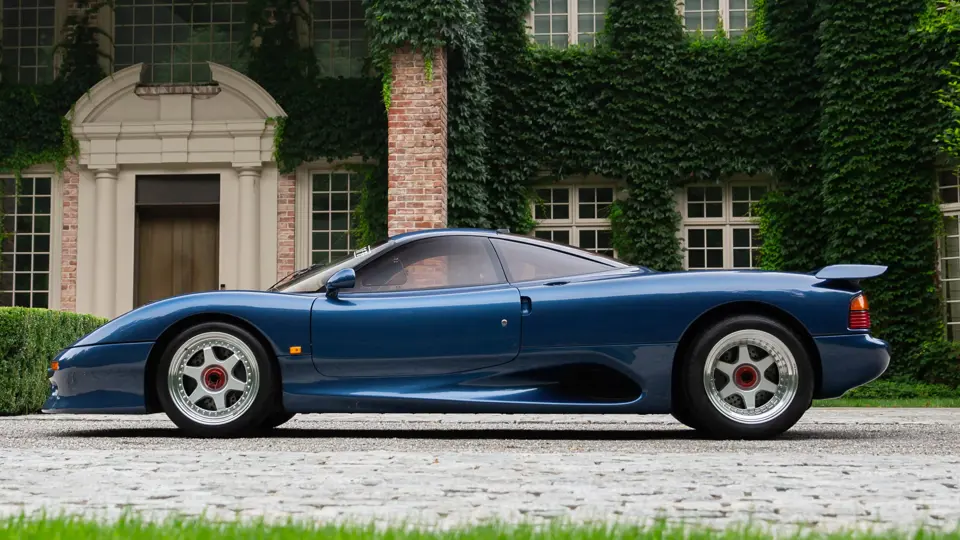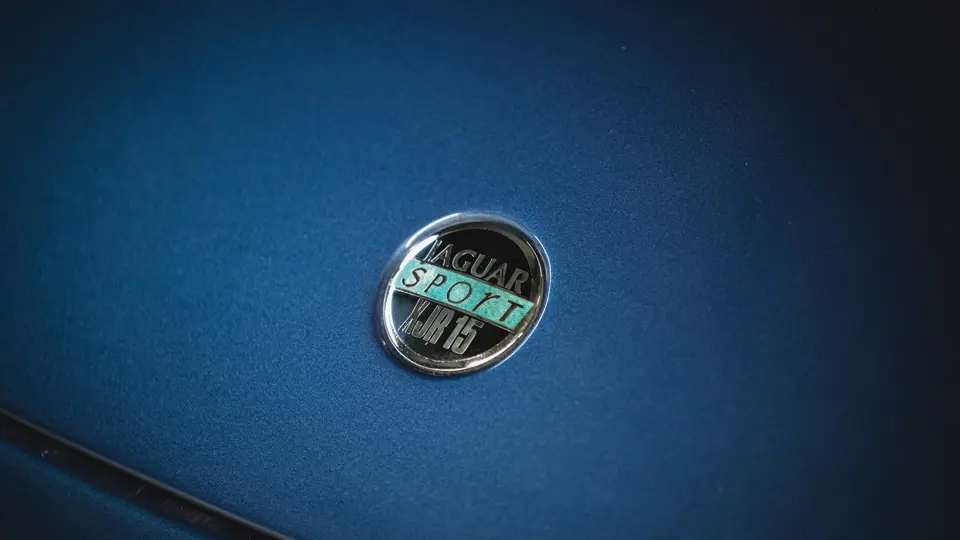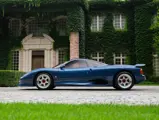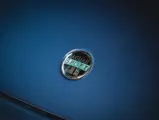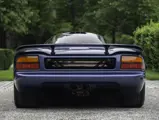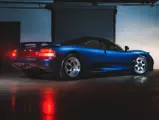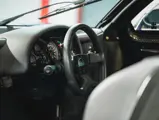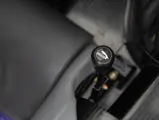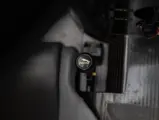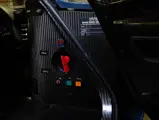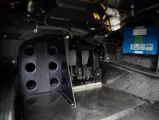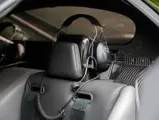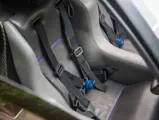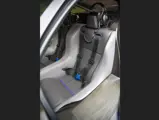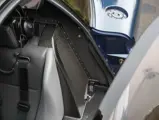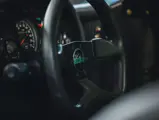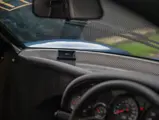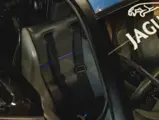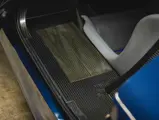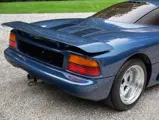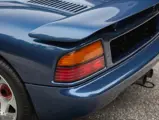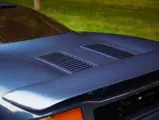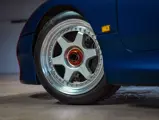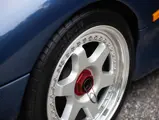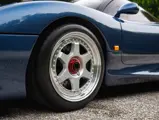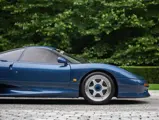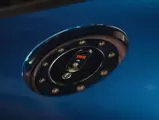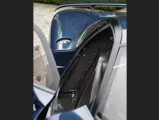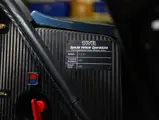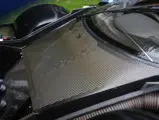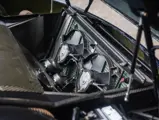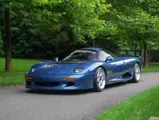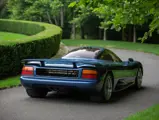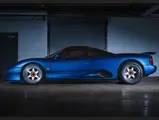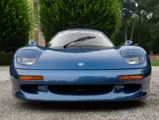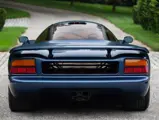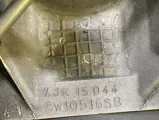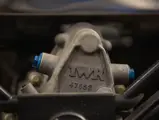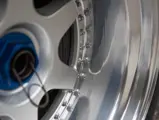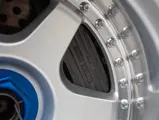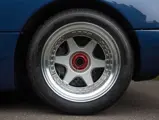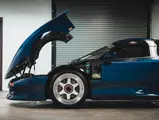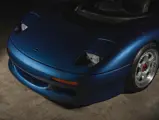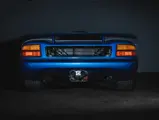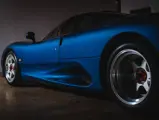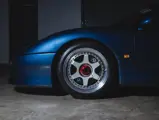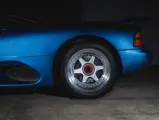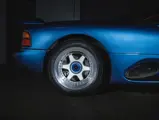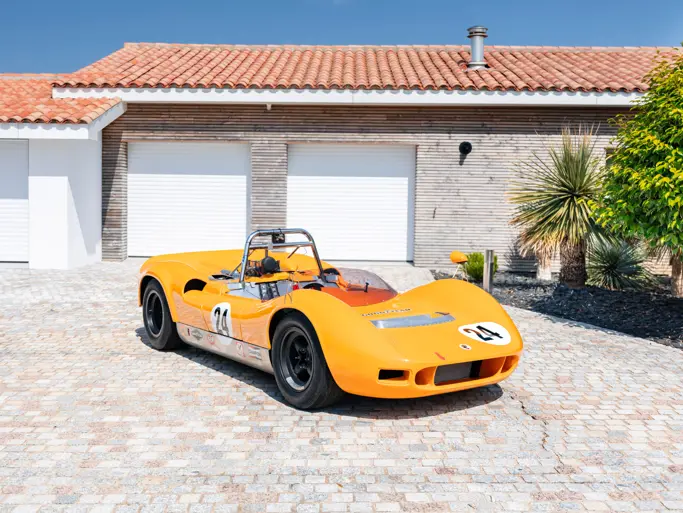
1991 Jaguar XJR-15
{{lr.item.text}}
$1,902,500 USD | Sold
{{bidding.lot.reserveStatusFormatted}}
- One of only 53 examples of the model made; one of 27 constructed in road-going specification
- Brought to the U.S. in September 2019
- Showing just 78 miles at time of cataloguing
- Benefits from a comprehensive recommissioning in 2021
By the mid-to-late 1980s, Jaguar had firmly re-established itself as a force to be reckoned with in the top echelon of motorsport. Jaguar formed a partnership with Tom Walkinshaw Racing, called Jaguar Sport, in 1986; its objective was to compete, and win, in the same World Sportscar Championship (WSC) where Jaguar had built its racing legacy with its C-Type and D-Type racers.
Jaguar honed the performance credentials of its’ XJR prototype race car platform through various model iterations. This culminated with the XJR-9 and XJR-12, which won the 1988 and 1990 editions of the 24 Hours of Le Mans, as well as the 1988 WSC Championship, wearing the iconic Silk Cut-sponsored purple and white livery. This monumental success on the track would form the building blocks for what followed from Jaguar. Demand for a roadgoing version of the XJR-9 was apparent, and so the thundering, ground-breaking XJR-15 was birthed with development by Jaguar Sport.
The development direction of a “race car for the road” by Jaguar was clear, as the XJR-15 would use much of the same technology and design of its parent, the XJR-9. Employing a heavily tuned, 6-liter, 450-horsepower version of the same V-12 engine that brought Jaguar to victory in the WSC, and with an approximately 2,300-pouns curb weight, the XJR-15 possessed a race-bred power to weight ratio that outclassed all supercars which preceded it. However, the similarities to the XJR-9 did not end there. As the world’s first roadgoing car to use carbon fiber in the construction of its body and tub, deploying the suspension design lifted directly from the XJR-9, and featuring the utilization of the V-12 engine as a stressed member of the chassis—along with standard race-inspired radio headsets—the XJR-15’s competition underpinnings were as obvious as they were revolutionary.
Yet it was the eventual successor to the XJR-15, the XJ220, that actually sparked its production. Upon seeing a concept version of the XJ220—which launched in 1992 but was unveiled in pre-production form in 1988—Jaguar Sport enlisted British automotive designer Peter Stevens, who would later design the legendary McLaren F1 and BMW V-12 LMR, to create the sultry bodywork for what would become the XJR-15.
Using the XJR-9 as a base for their design, the cockpit was widened, and the roof heightened to make the XJR-15 more comfortable for the road. After undergoing development tests through 1990, the car was officially launched in November of that year, built by Jaguar Sport in a specialized facility in Oxfordshire. The car’s astounding performance and unprecedented race-car technology for the road approach came with a price tag to match, costing nearly $1,000,000 at the time of its introduction. The earth-shattering nature of the XJR-15 led the car to a glowing critical reception, with reviews in Motor Trend and World Sports Cars praising the car’s race car reflexes and grip, fierce and sonorous V-12 power, focused layout, and refined ride quality.
In a production run that would last until 1992, Jaguar Sport would build 53 examples of the XJR-15. Of the 53 made, 27 of those would leave the factory in roadgoing specification, while the others followed directly in the lineage of the preceding XJR race cars and were built especially for the track. Many of these would participate in the Jaguar Intercontinental Challenge, which supported three Formula 1 races in Monaco, Silverstone and Spa-Francorchamps in 1991. A $1 million winner’s prize was at stake, so much of the grid was made up of professional racing drivers hired by XJR-15 owners, including notable racers Derek Warwick, David Brabham, Juan Manuel Fangio II, Tiff Needell, and more.
CHASSIS NUMBER 028
This example, chassis number 028, is one of the 27 cars to have been built for the road. Completed in 1991, the XJR-15 is finished in blue over a gray interior. The odometer displayed a mere 78 miles at time of cataloguing. It was imported into Japan when new and delivered to a prolific supercar collector. Chassis 028 was appreciated by its owner from a standstill, which explains the very low mileage and outstanding preservation, which is presented as the day it left the Jaguar Sport factory.
Imported into the United States in September 2019, chassis 028 is a highly original example of the model. With the weave of its’ carbon body panels readily visible in the paint, its carbon fiber tub proudly on display below the windscreen, and its original three-piece OZ racing wheels, the exterior delights the senses and indicates the car’s astounding performance. The spirit of the exterior carries to the interior, where the car’s carbon fiber construction techniques are instantly apparent. Chassis number 028 features gray leather racing bucket seats, complete with intercom radio for race communications. Various Jaguar Sport and Tom Walkinshaw Racing logos on pieces of trim around the car give reminders of the XJR’s unique development. In 2021, this Jaguar XJR-15 received an extensive recommissioning from a model expert in the United States, records of which are available on file.
One of just 27 road cars built, this low-mileage and impeccably presented example, benefitting from a recommissioning in 2021, is sure to be treasured by any discerning supercar or Jaguar collector.




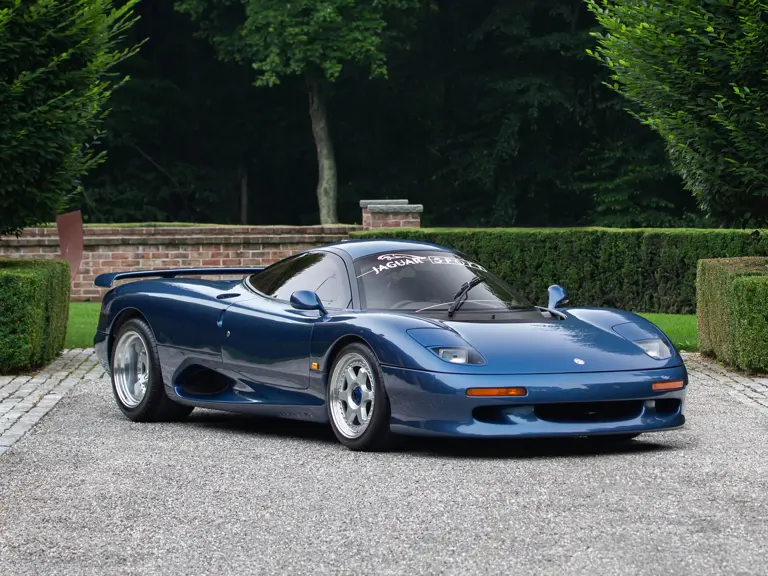
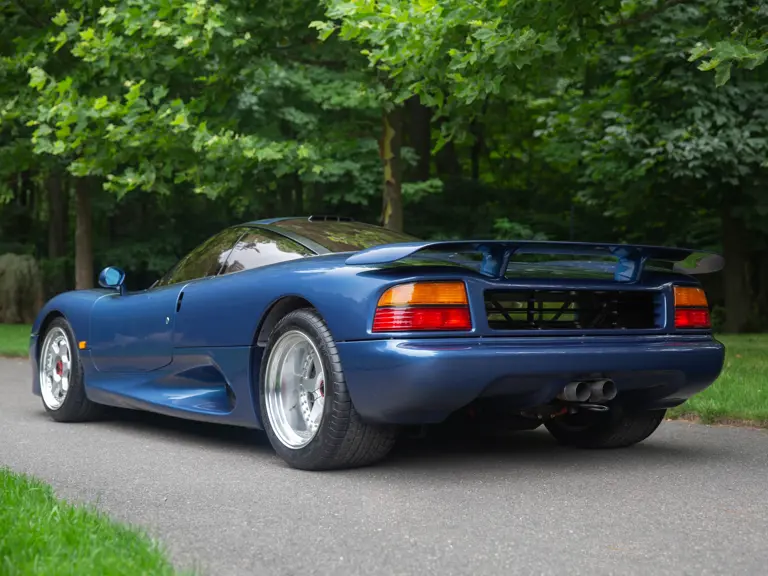




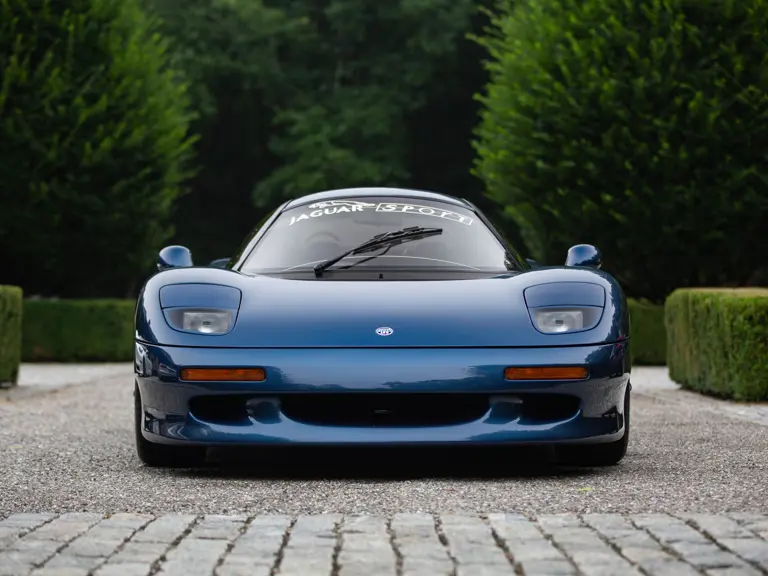
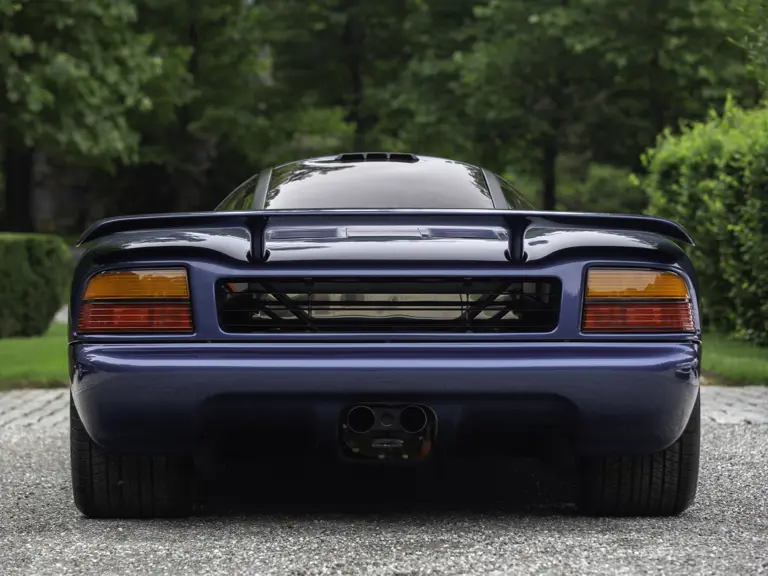
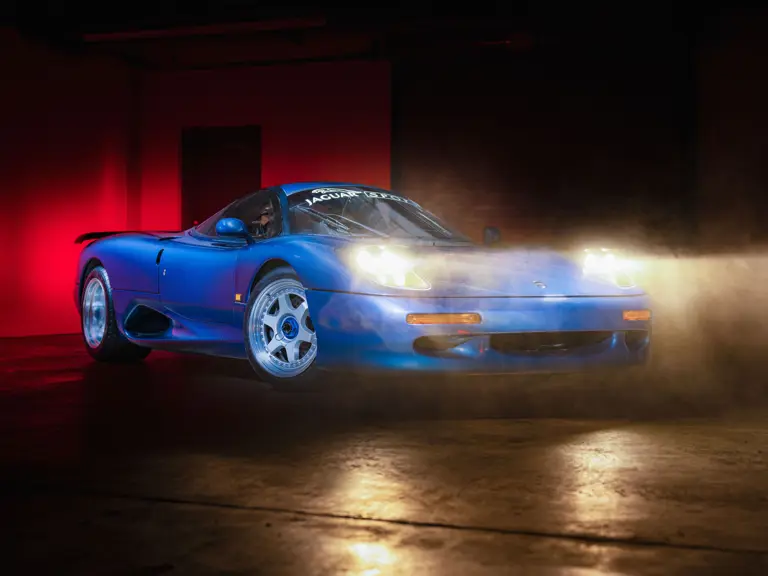
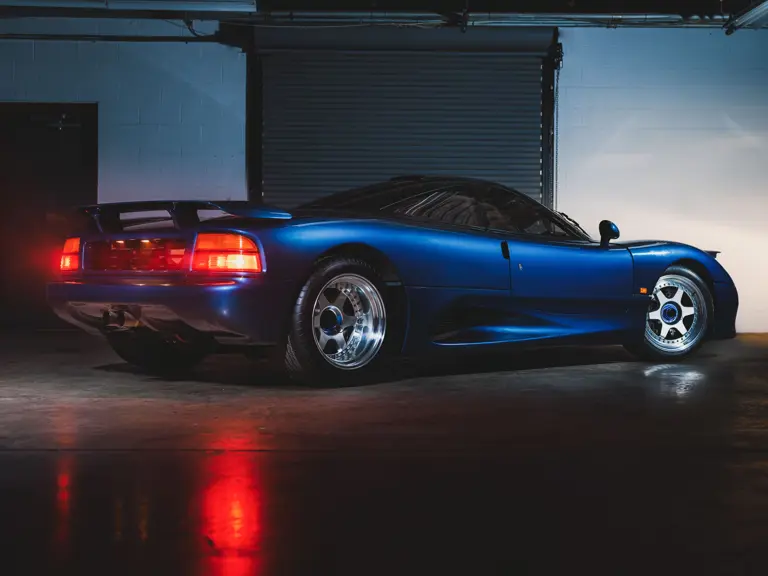

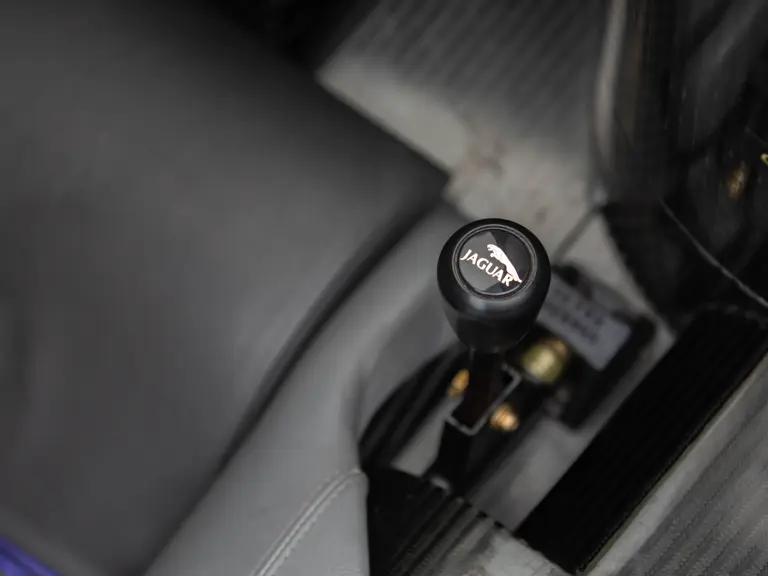
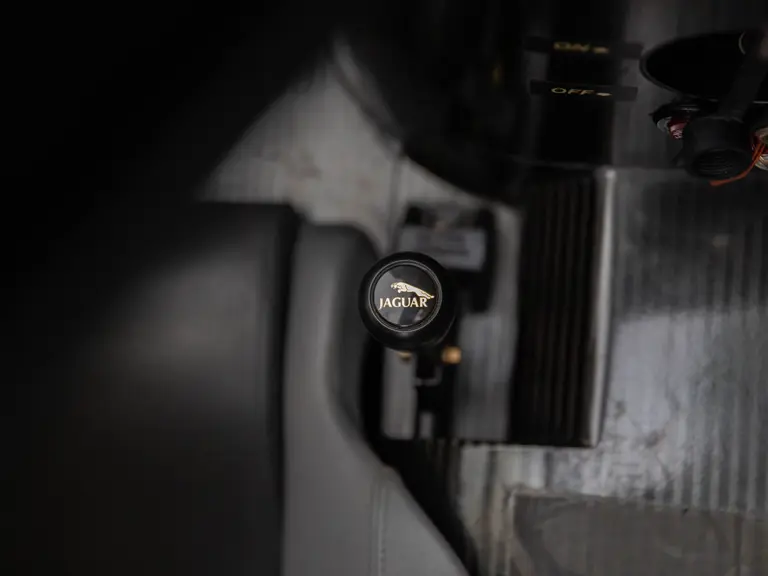
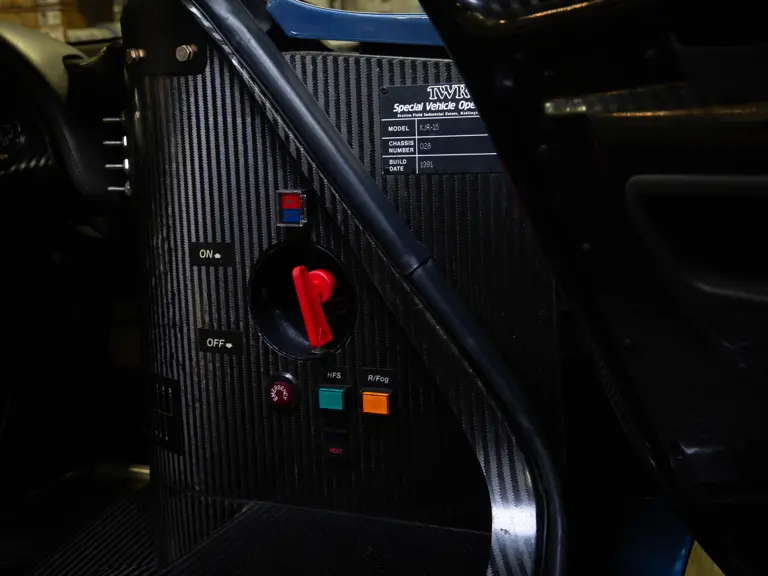
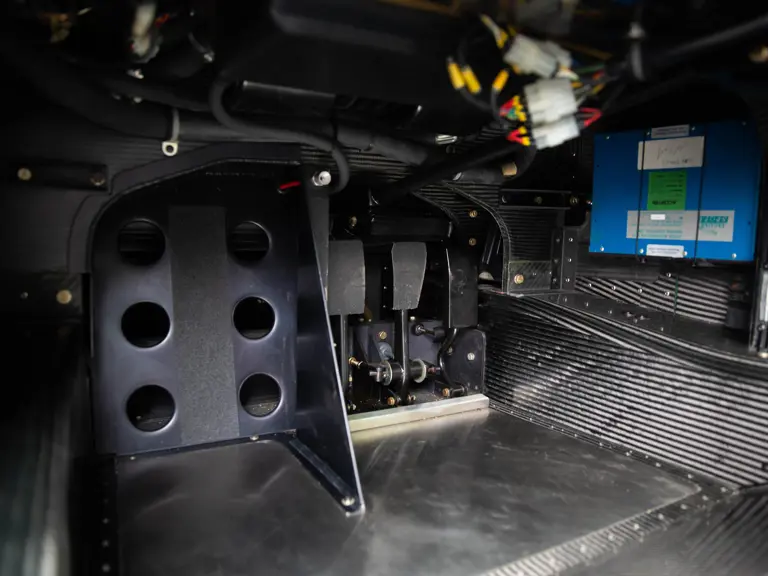

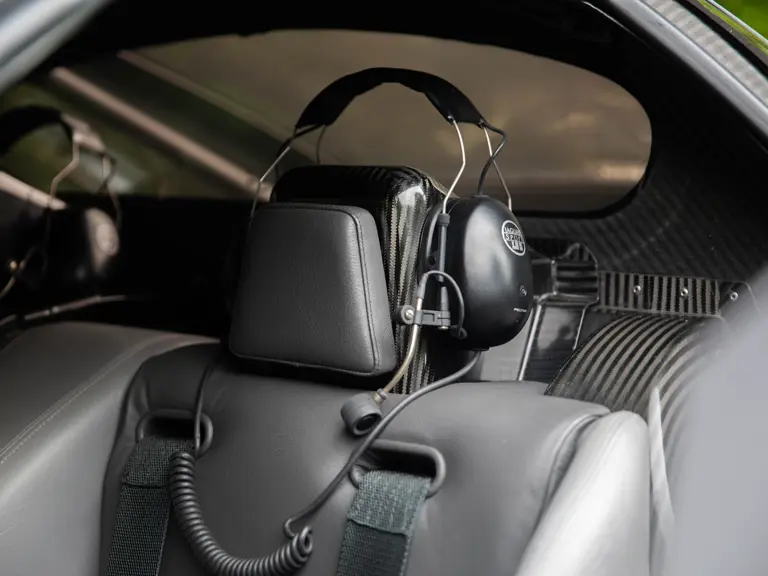


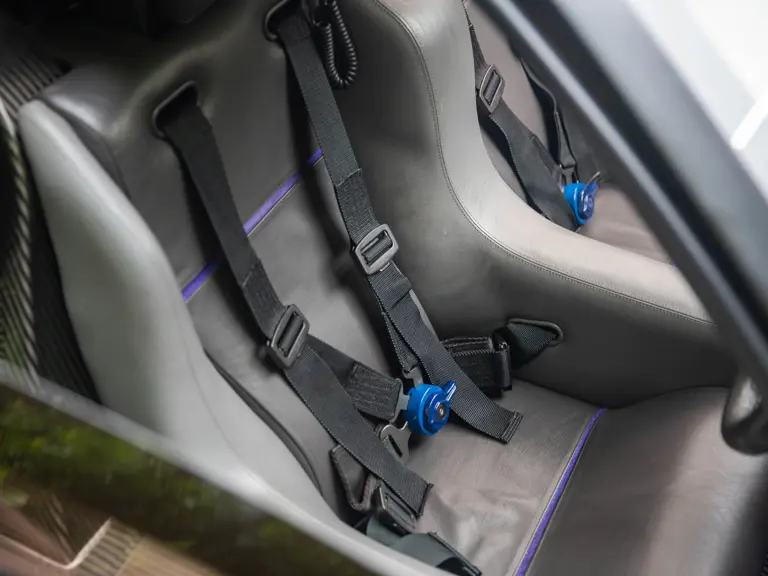
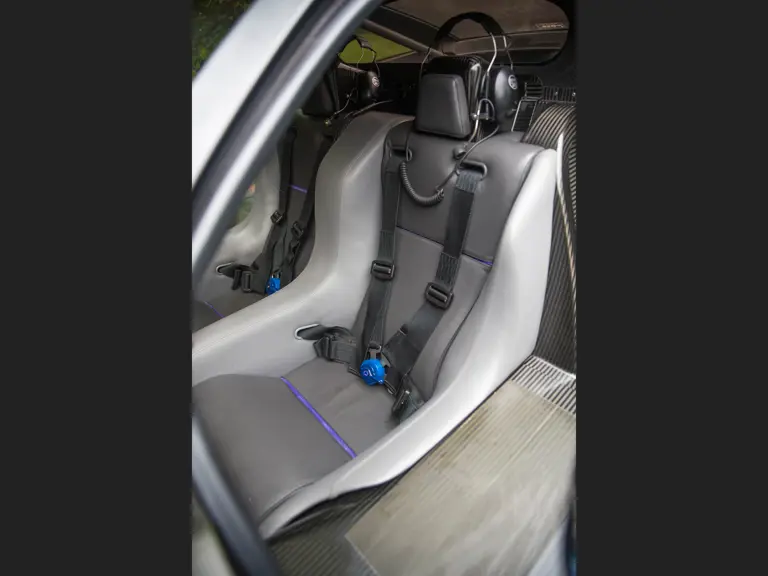
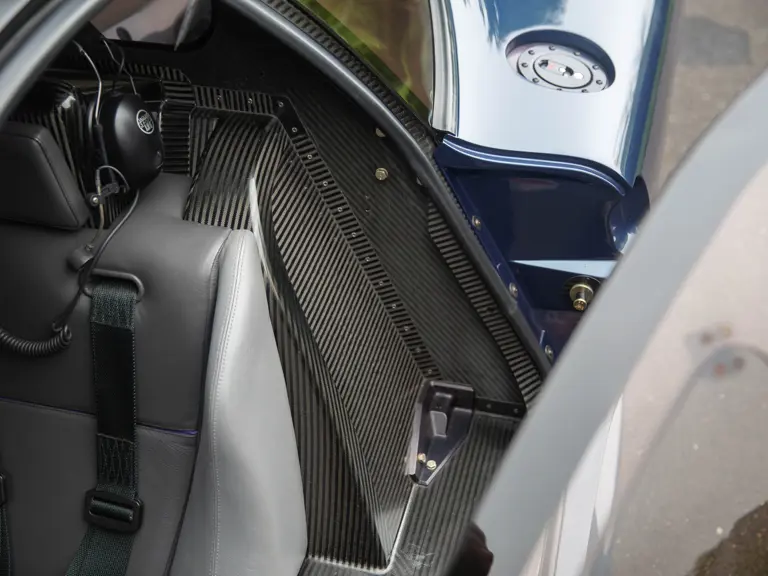

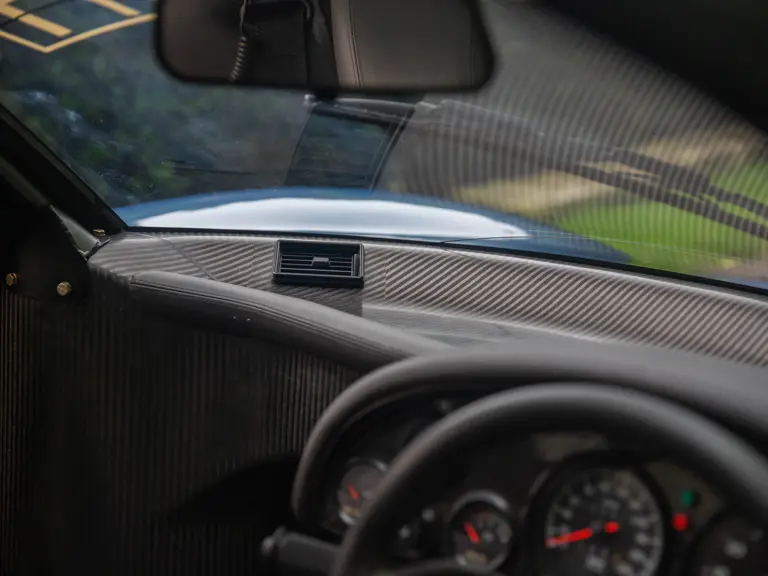
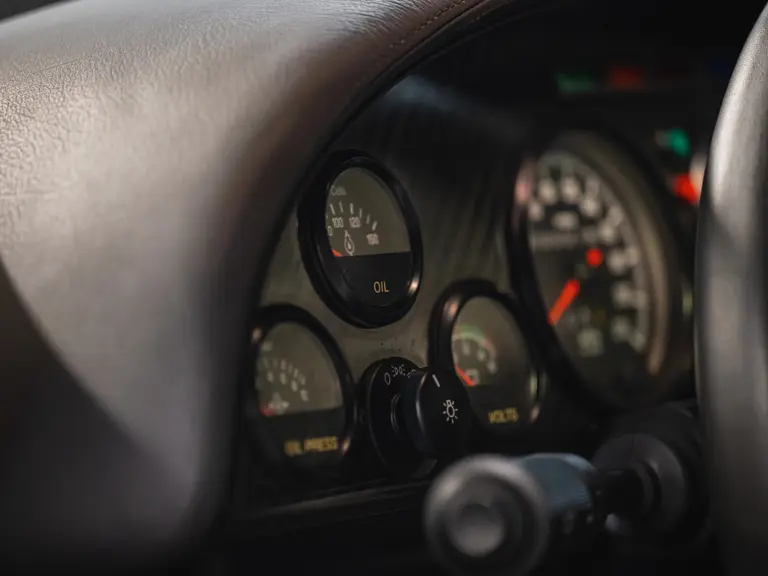
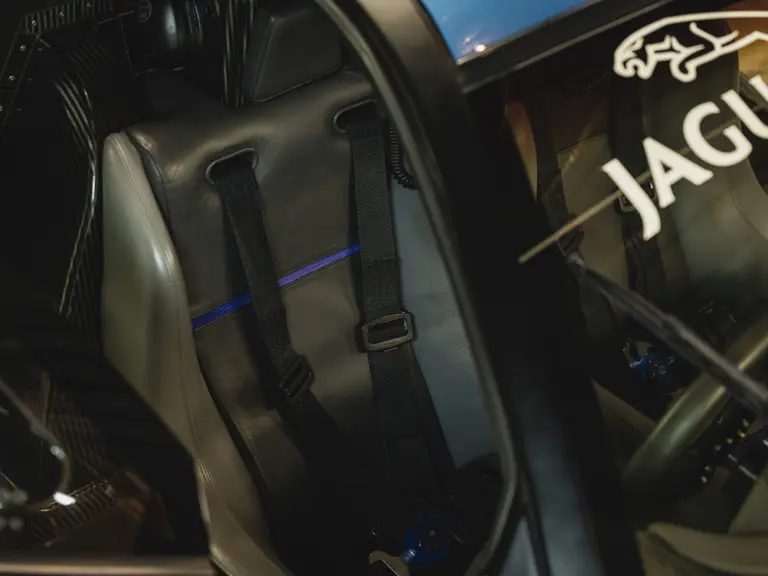
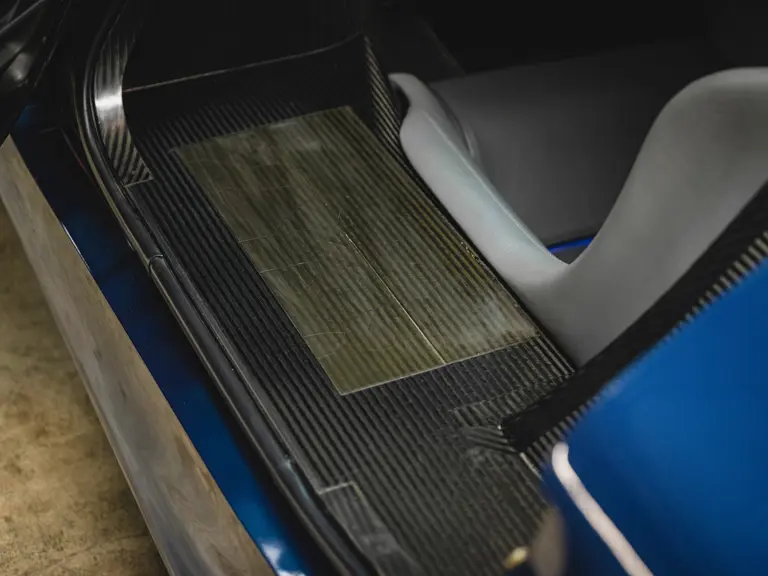
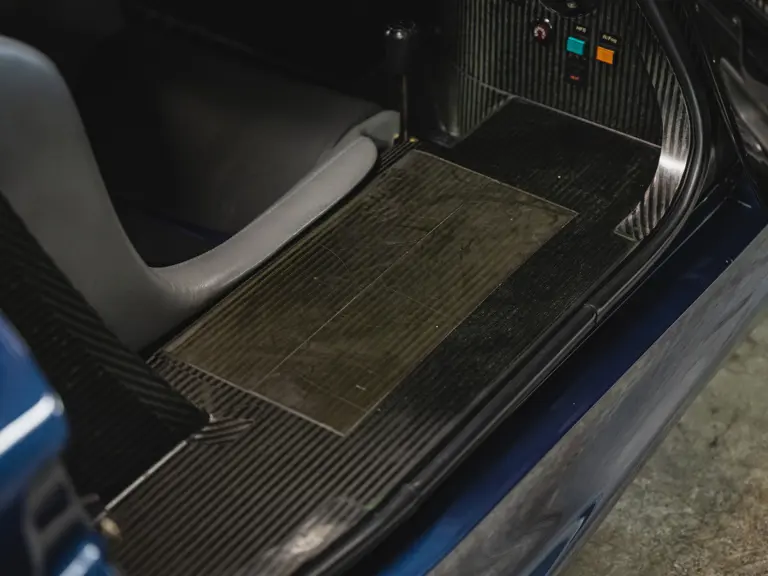
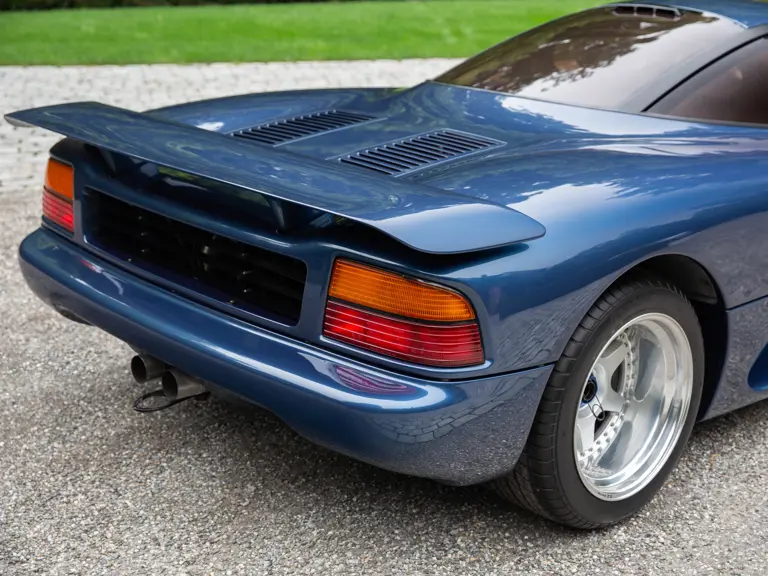

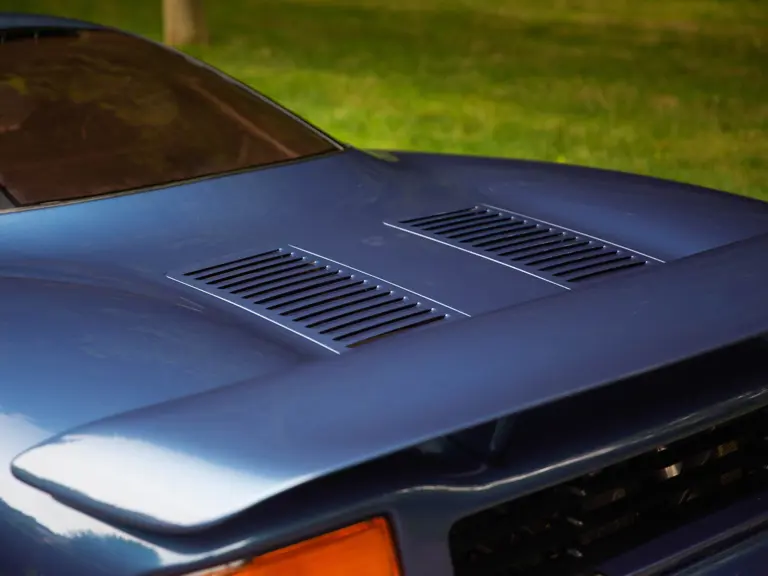
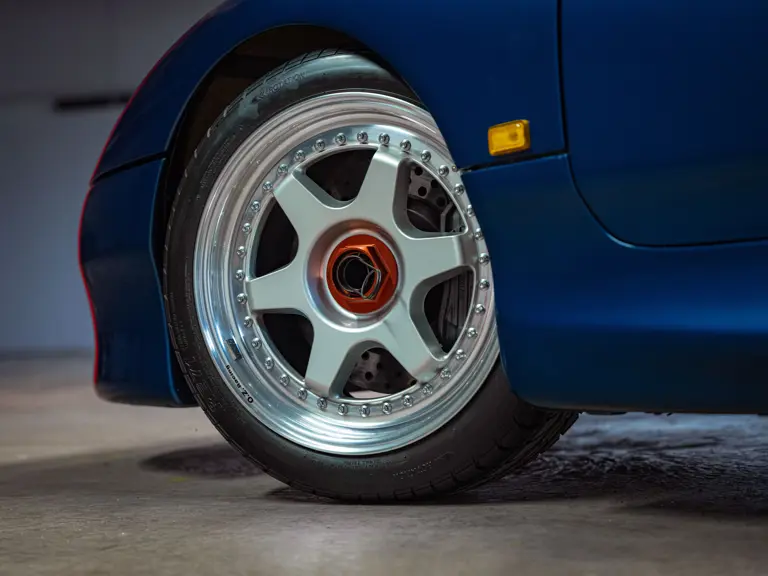

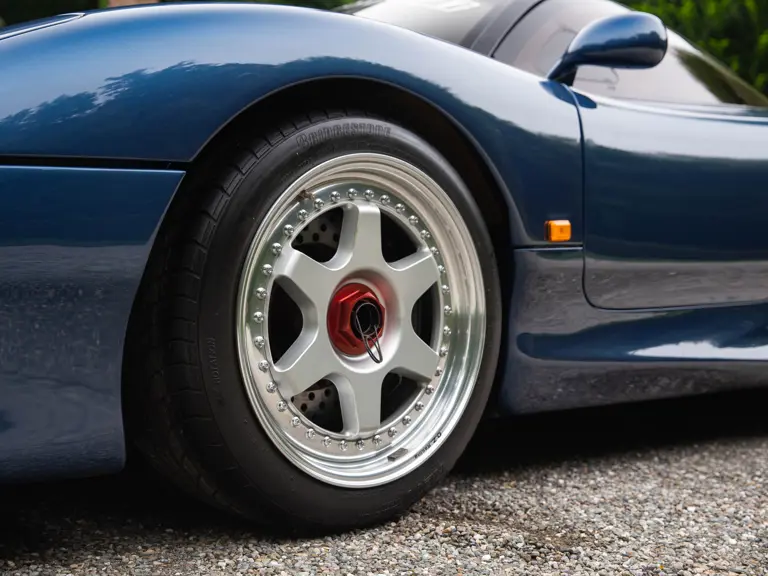

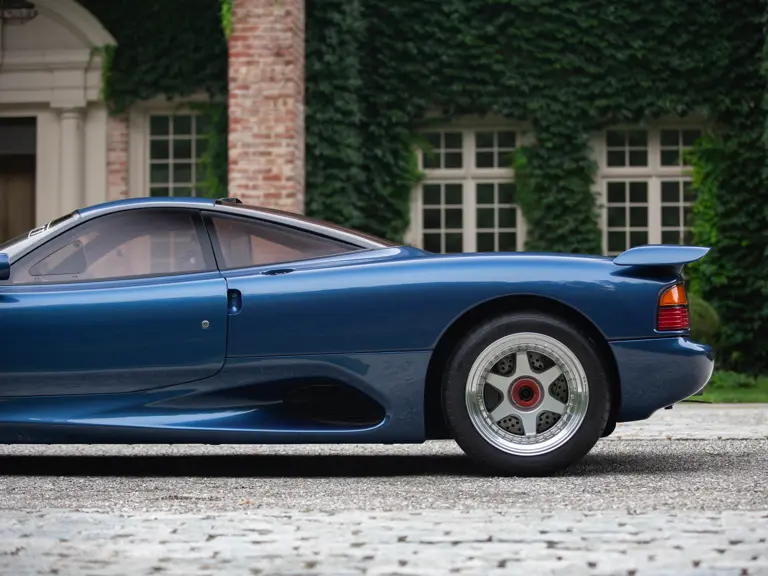

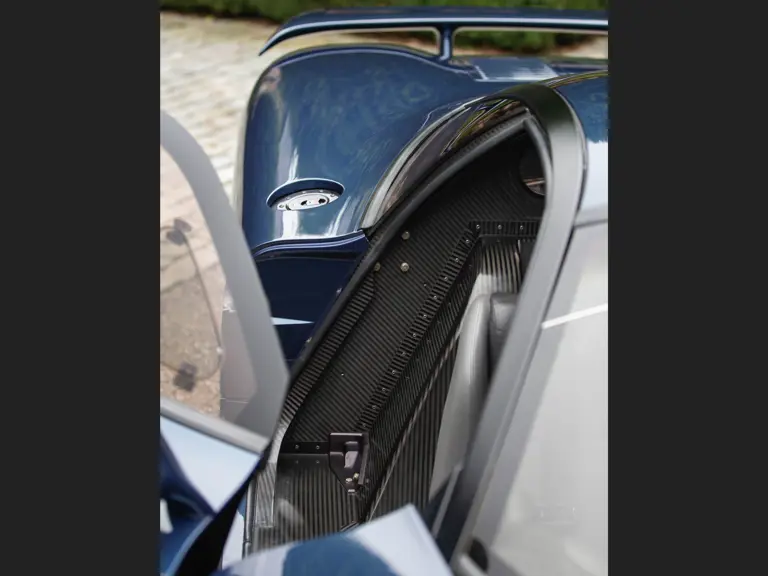
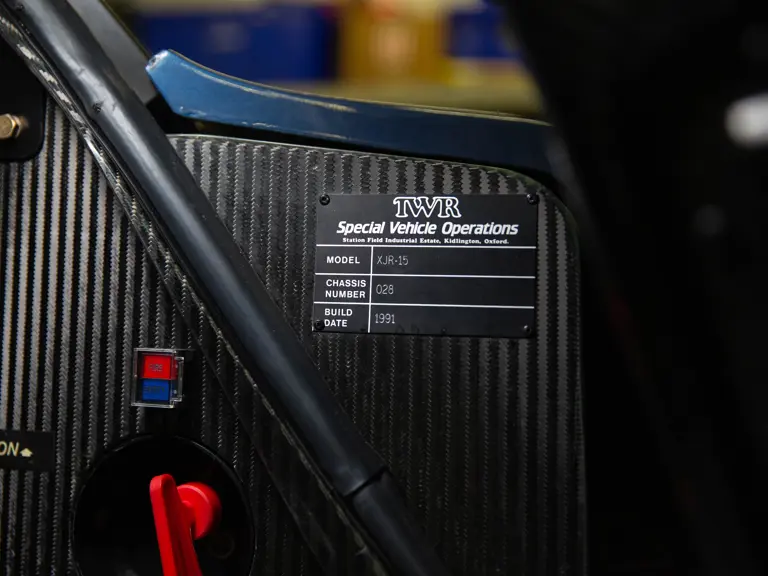
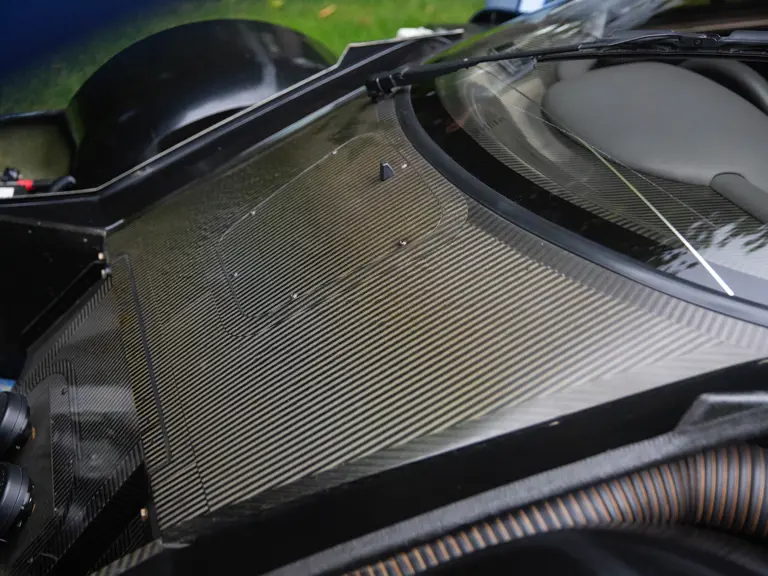

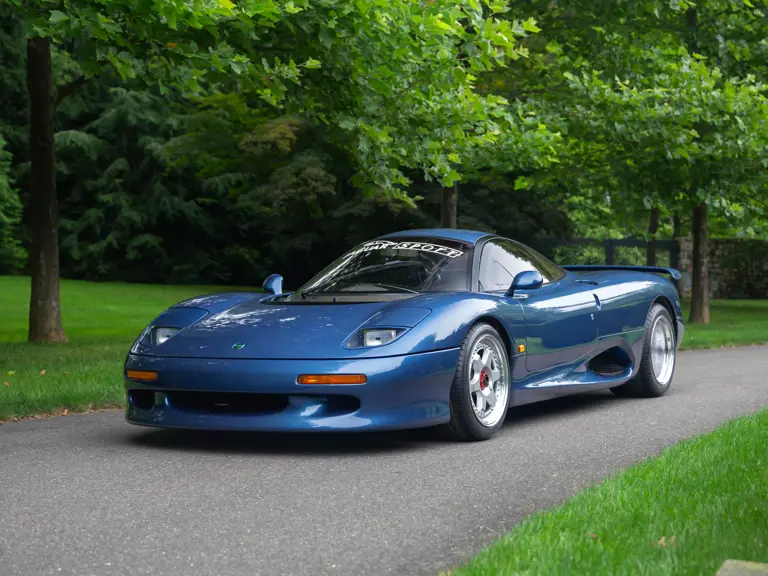
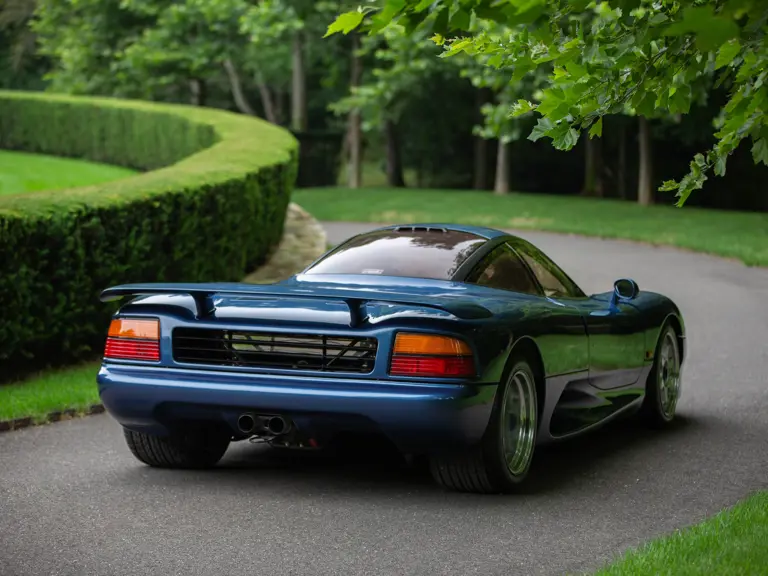

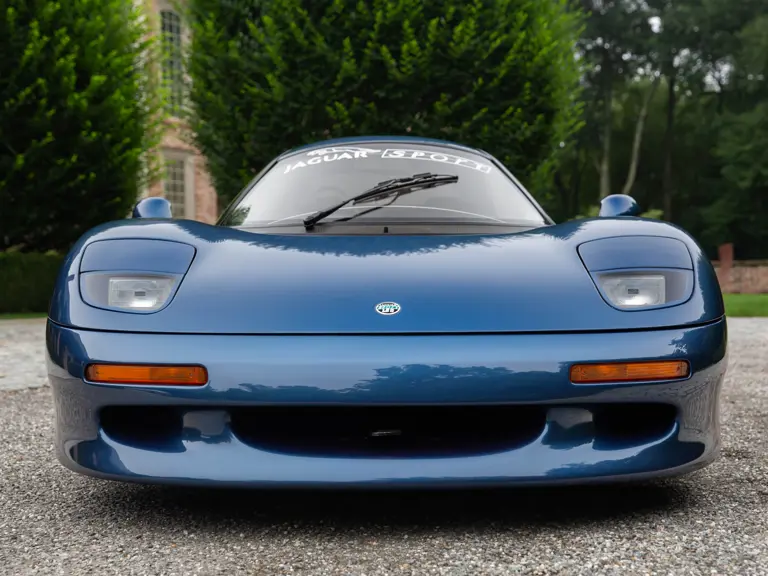
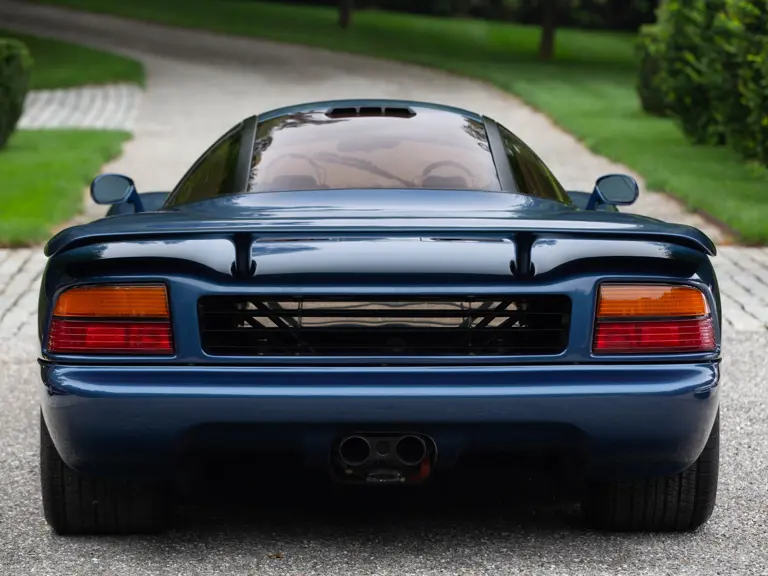
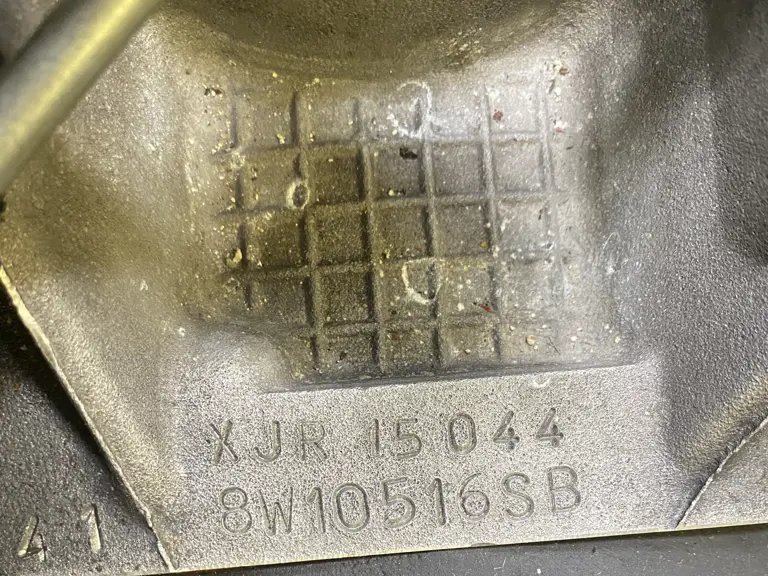

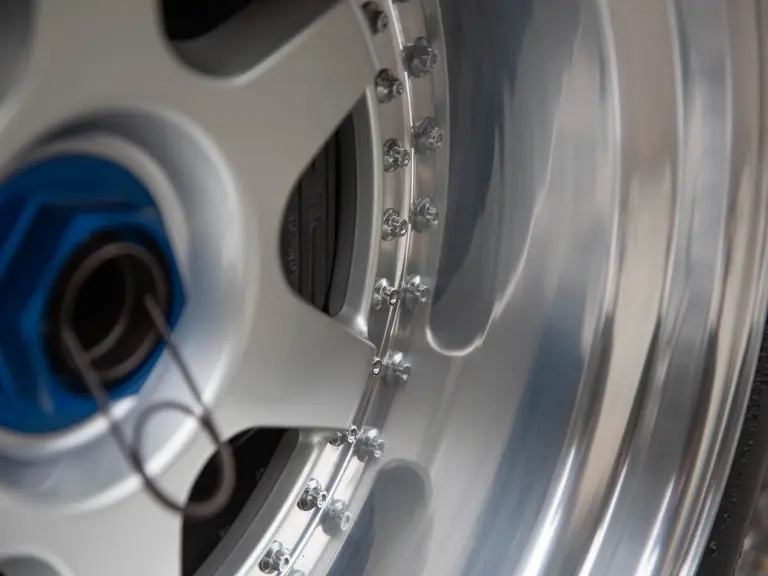
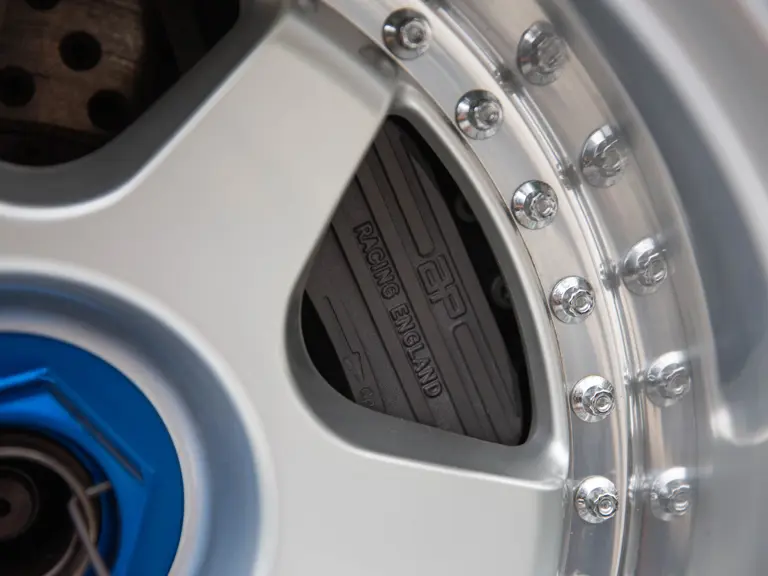
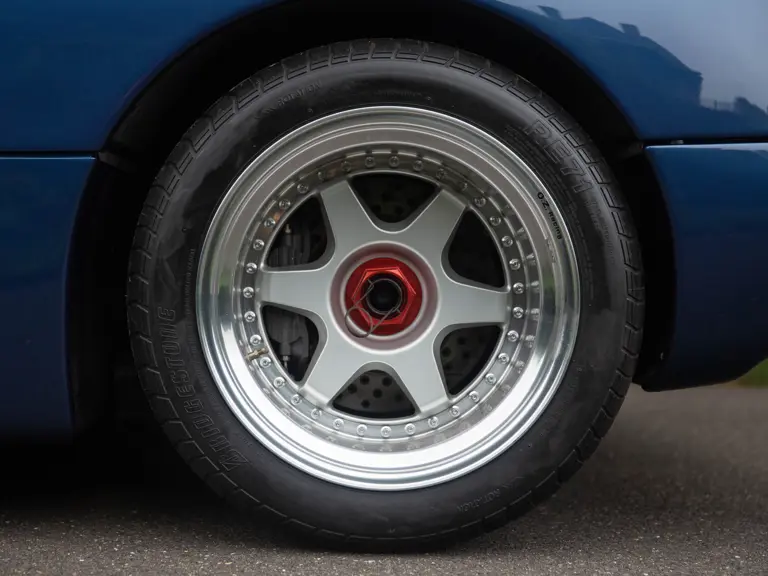
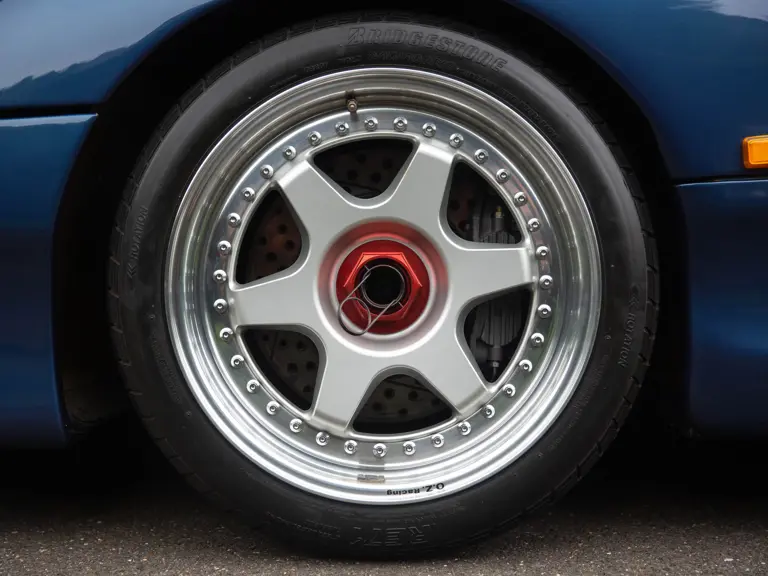


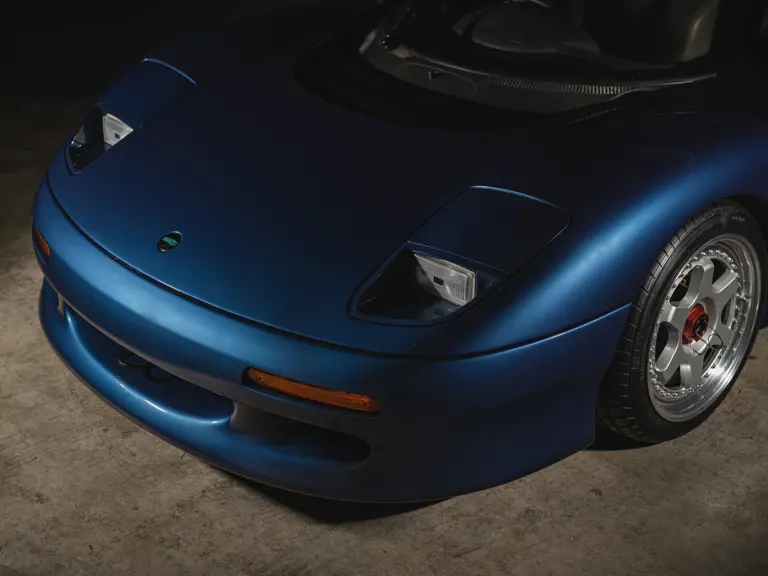
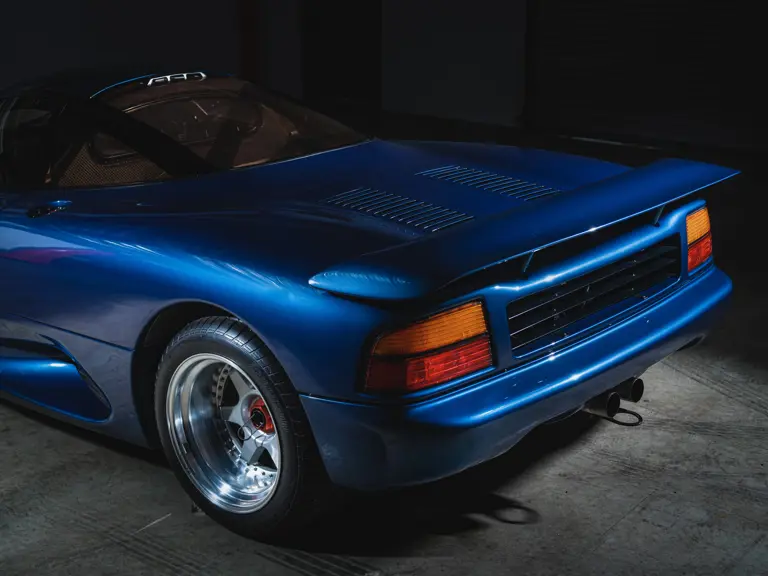
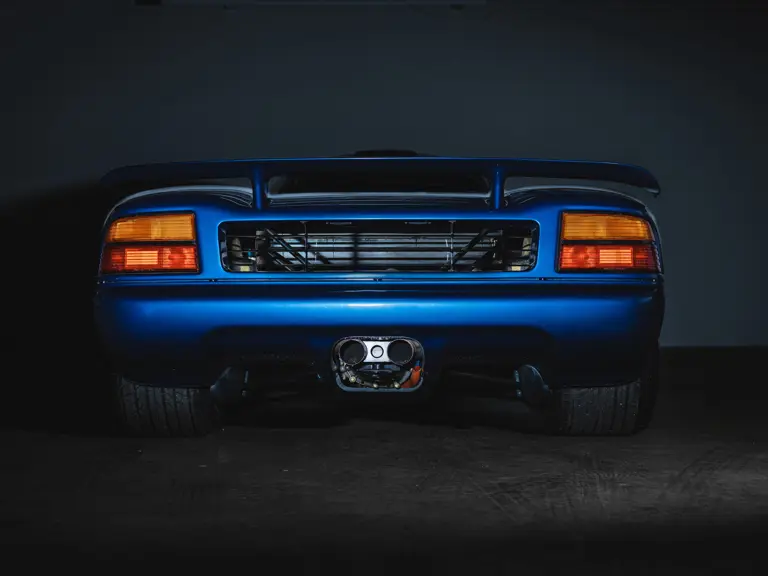
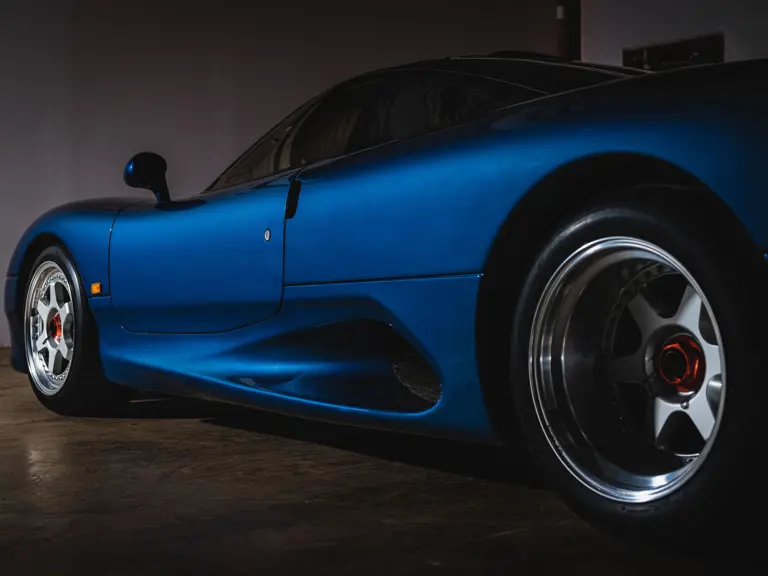

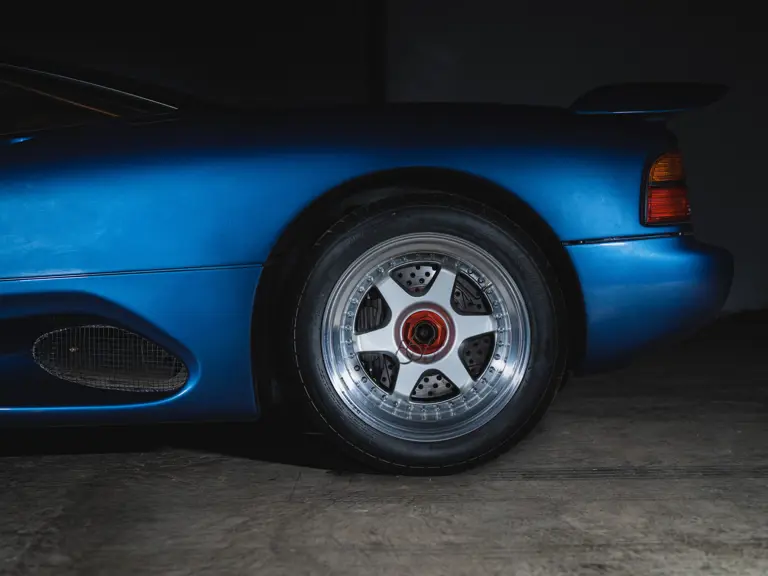
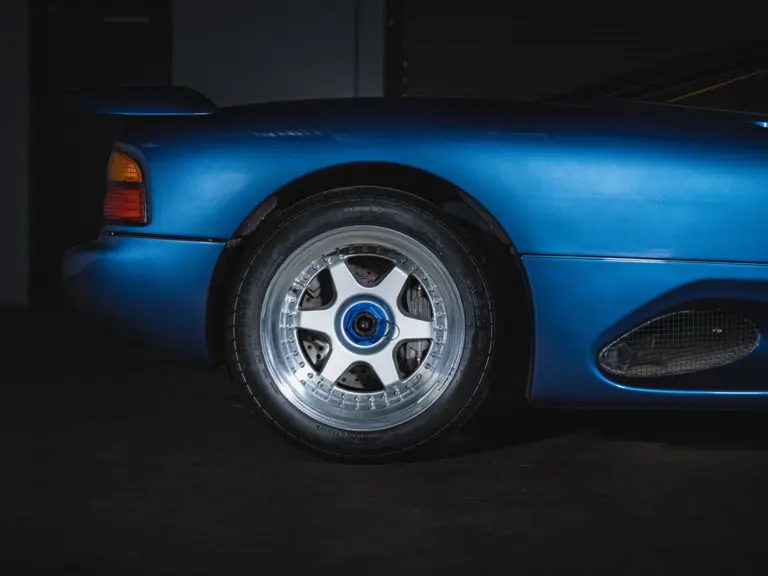
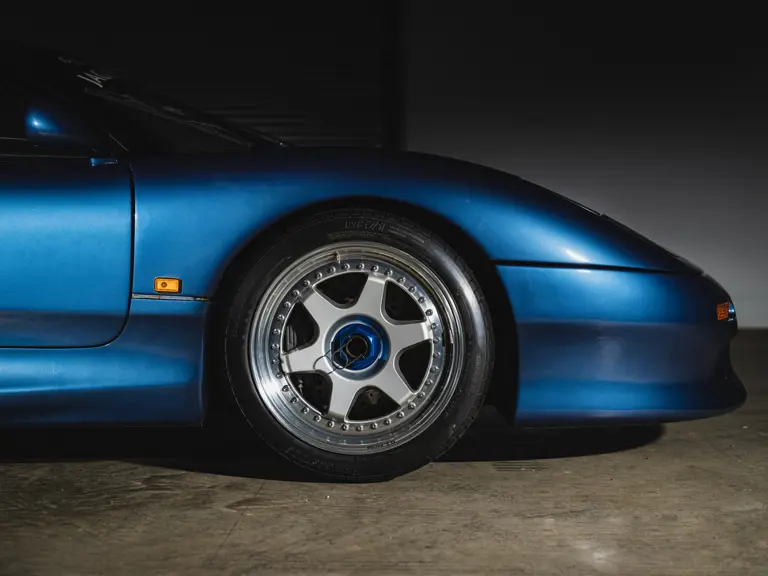
 | Monterey, California
| Monterey, California
